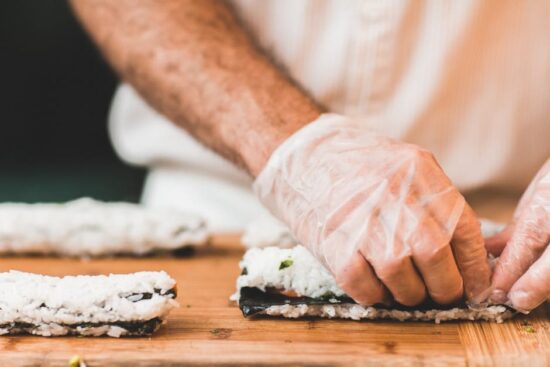Top Seafood Storage Safety Tips

Seafood-borne illness or illness contracted from the consumption of seafood like shellfish or finfish is a typical illness that many Americans face at restaurants all around the nation. Sometimes this illness is the result of a natural allergy that a person may have towards seafood, but other times, it is something that sadly, could have been prevented by proper seafood storage practices.
People in the food handling industry need to have a food handlers certificate because a lack of knowledge is usually the culprit behind seafood-borne illness. Knowing proper seafood storage and handling could be the defining factor that makes or breaks a restaurant or other food establishment’s reputation.
Keep Your Seafood Cold
If you are working in the food service industry, you obviously want your food to last as long as possible and under the safest conditions for your patrons. With seafood, the length that your product will last literally depends on the condition the food was in when you received it.
In order to maximize the shelf life of your seafood, you want to ensure that it is kept in the coldest part of your refrigerator below 40 degrees Fahrenheit. Any higher than that temperature and your seafood will quickly deteriorate and go to waste.
Seafood Storage Can Be Unique
While keeping your seafood at an optimal temperature is important, it’s also important to know how to store specific seafood types.
Shellfish
Shellfish like mussels, clams, and oysters should be used in specific time frames. That is 2-3 days for mussels and clams and 7-10 days for oysters. Until use, it is recommended that these foods are covered in a moist paper towel, and rested in a pan in a cool refrigerator.
Finfish
Finfish is very time sensitive and should be used in 1-2 days after delivery. It is recommended that this food is stored over ice in your refrigerator while you are waiting for it to be prepared.
Once any type of seafood is ready to be prepared it is important that it be handled correctly with clean hands and away from any previously contaminated surfaces.
Cook Seafood with Care
In order to avoid foodborne illness through seafood, you need to ensure that you are cooking food to the proper temperatures. Seafood should be prepared at a temperature of 145 degrees Fahrenheit. Some seafood items are able to be served raw, but knowing the conditions in which they must be served is vital to keeping your customers and coworkers from getting sick.
Get Your Texas Food Handlers Certificate with Certified On The Fly
If you are new to the food industry and are uncertain of proper seafood storage and handling procedures, then you need to get food handler certified today. We know the word ‘certified’ sounds expensive and hard to obtain, but at Certified On The Fly, that’s not the case.
By choosing Certified On The Fly for your Texas food handler’s card, you are guaranteed to be certified in no time, at little cost, and 100% online. What are you waiting for? Get registered with us today!
Back to Blog